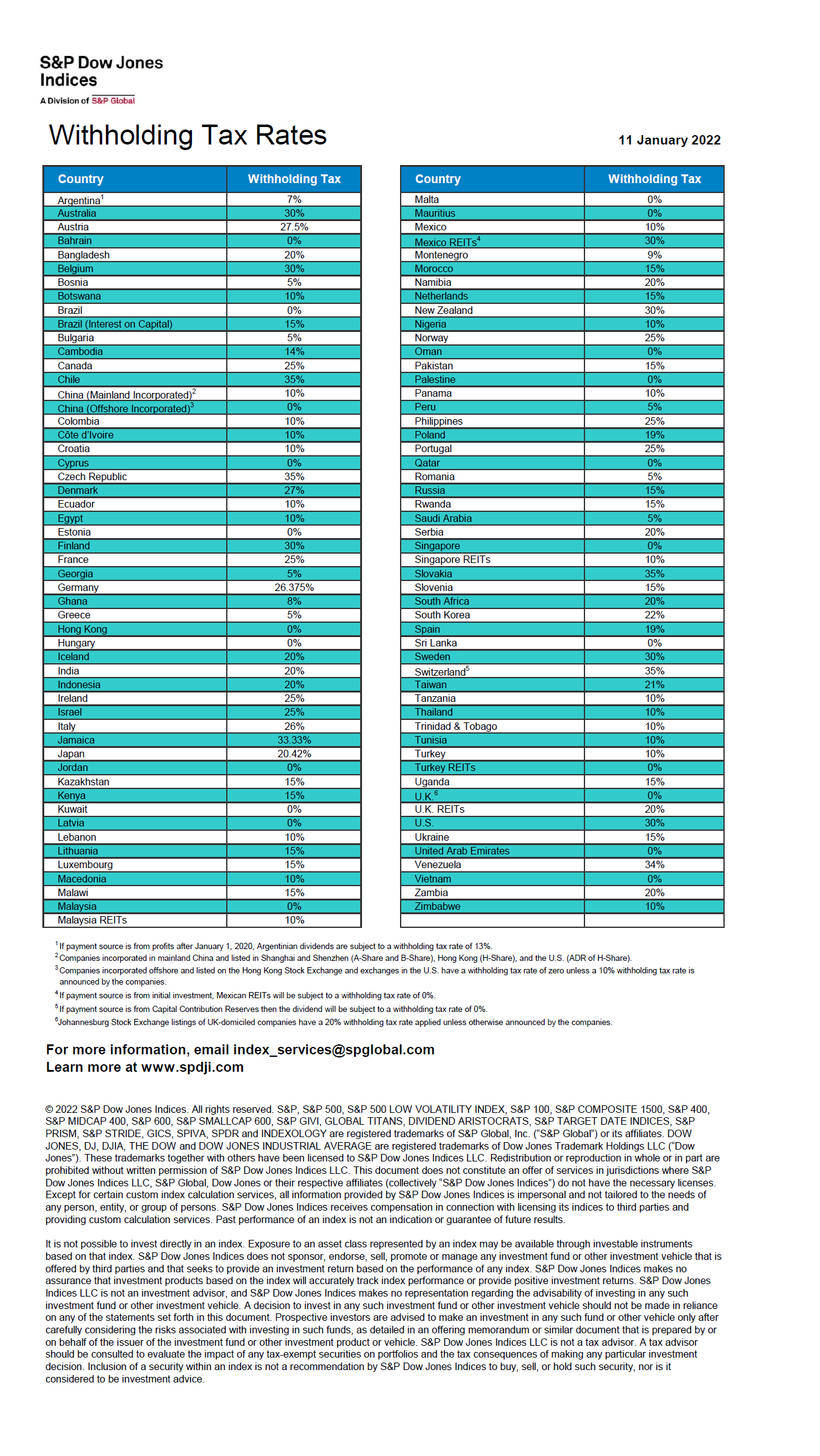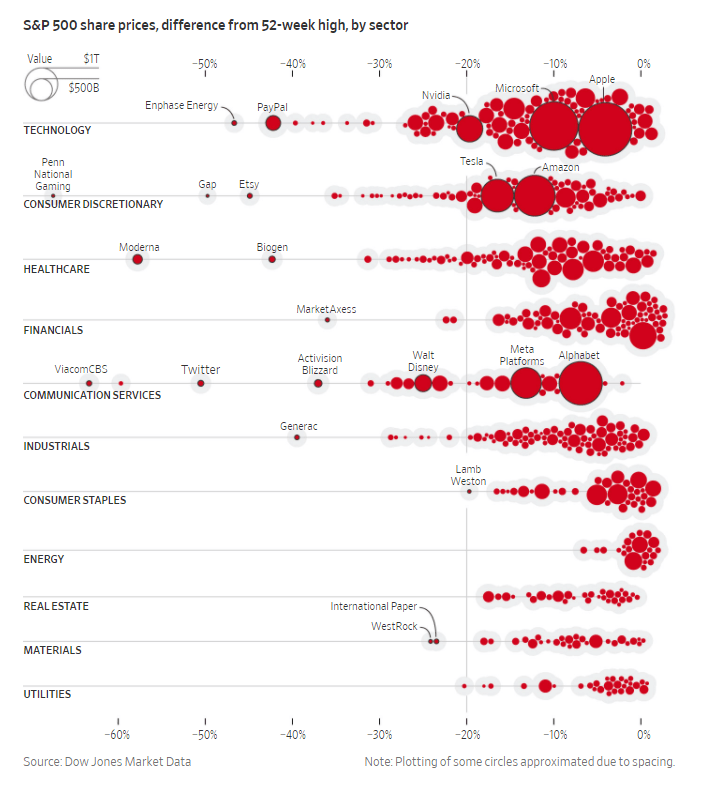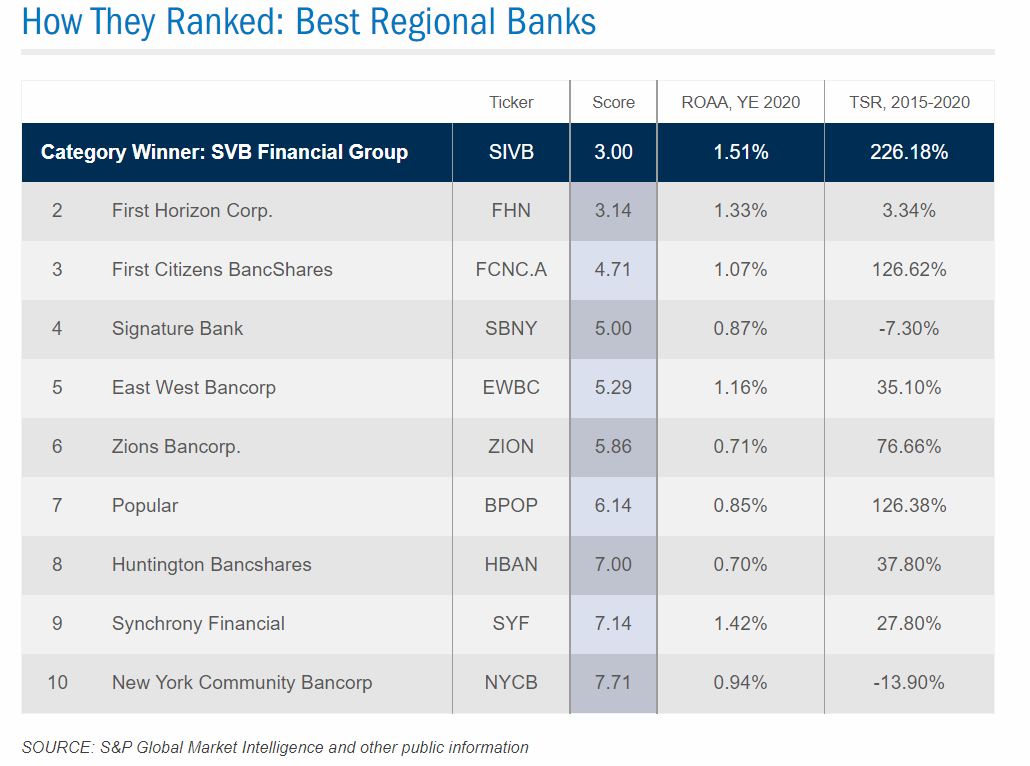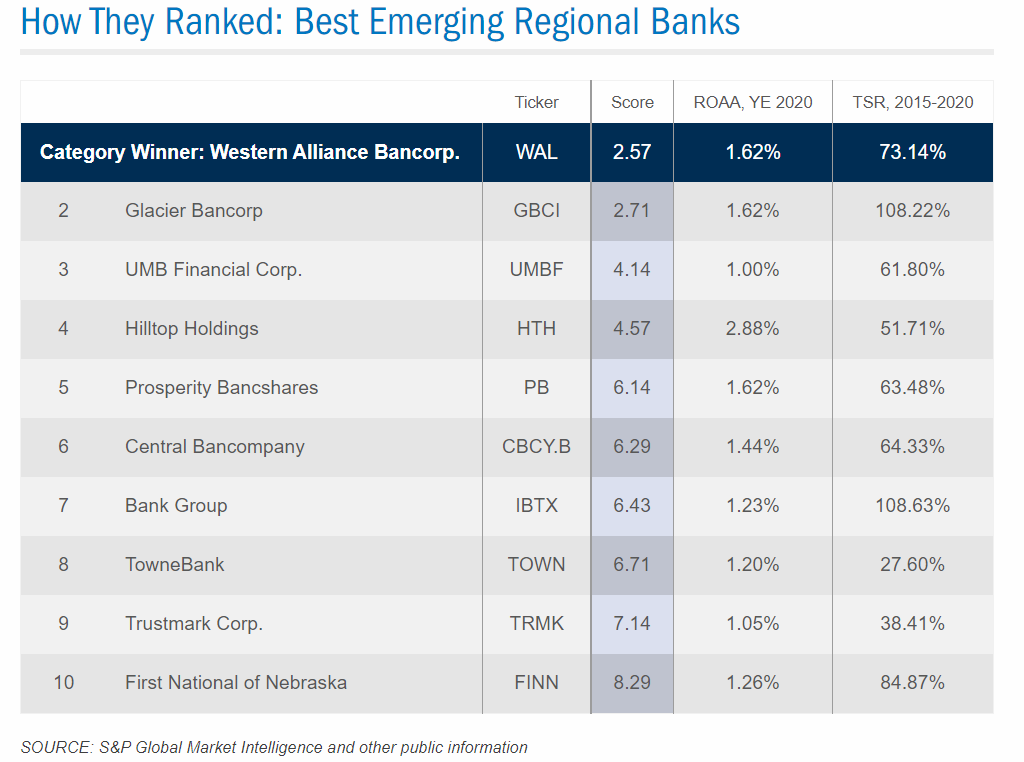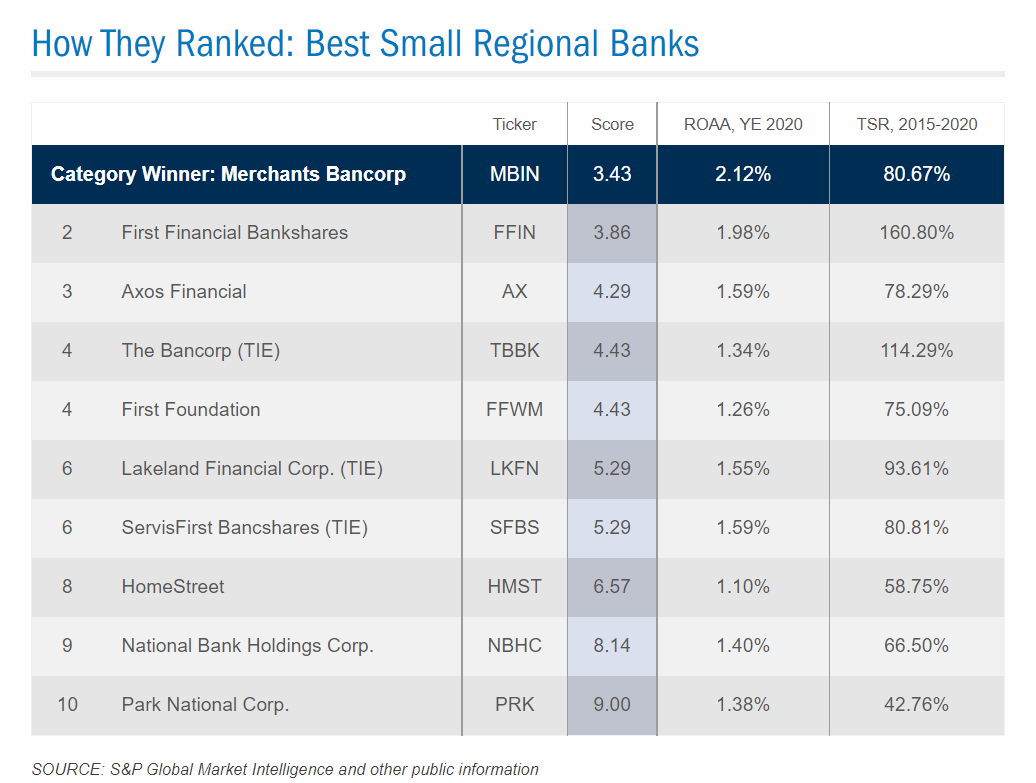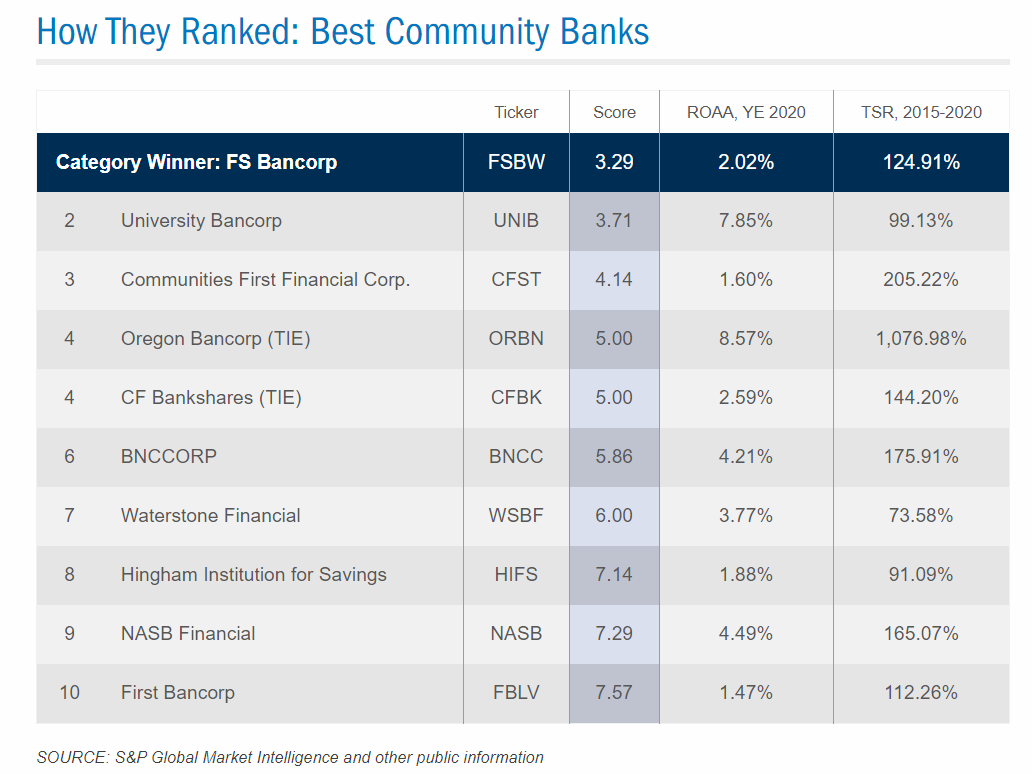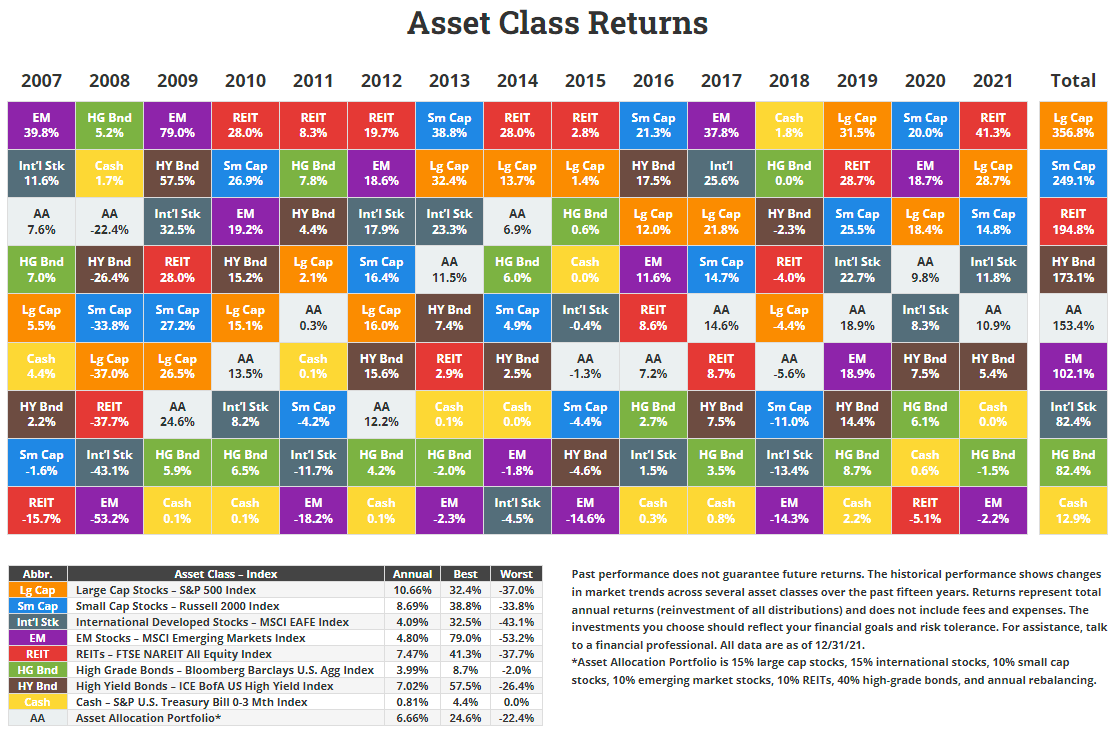The US is the world’s largest producer nuclear power accounting for 30% of the worldwide nuclear generation of electricity according to World Nuclear Association. However nuclear power is still the major source of electricity. France is the top country for depending of nuclear energy for its electricity needs. France generates most of its electricity from nuclear power than other energy sources.
Have you ever wondered where all the nuclear power plants are in the US? The following map shows the location of nuclear reactors operating and under construction:
Click to enlarge
Source: Nuclear Power in the USA, World Nuclear Association

